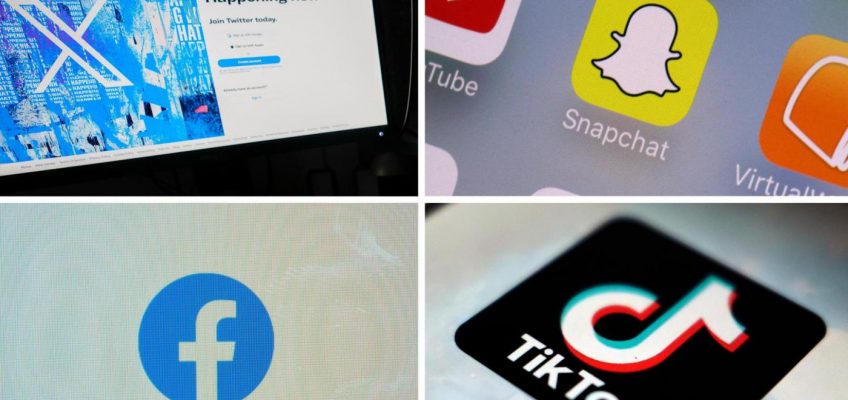COPENHAGEN, Denmark (AP) — More than 350 Greenlandic Indigenous women and girls, including some 12 years old and younger, reported that they were forcibly given contraception by Danish health authorities in cases that date back to the 1960s, according to an independent investigation’s findings released Tuesday.
Related Articles
Nepal internet crackdown part of global trend toward suppressing online freedom
Trump tries to soothe Qatar after Israeli strikes but stops short of decrying another ally
Iran and nuclear watchdog sign agreement seeking path to restart cooperation
Princeton doctoral student kidnapped in Iraq has been freed. ‘We both started sobbing,’ sister says
What to know about the Israeli strike aimed at Hamas leaders in Qatar
The Inuit victims, many of them teenagers at the time, were either fitted with intrauterine contraceptive devices, known as IUDs or coils, or given a hormonal birth control injection. They were not told details about the procedure, or did not give their consent.
The victims described traumatic experiences that left some with feelings of shame as well as physical side effects, ranging from pain and bleeding to serious infections.
The governments of Denmark and Greenland officially apologized in a statement last month for their roles in the historic mistreatment in an apparent attempt to get ahead of the highly anticipated report. An official apology event in Greenland’s capital is set for Sept. 24.
Nearly 150 Inuit women last year sued Denmark and filed compensation claims against its health ministry, saying Danish health authorities violated their human rights. That case remains ongoing.
While Tuesday’s report covers the experiences of more than 350 women who came forward to speak to the investigators, Danish authorities say more than 4,000 women and girls — reportedly half the fertile women in Greenland at the time — received IUDs between the 1960s and mid-1970s.
The alleged purpose was to limit population growth in Greenland by preventing pregnancies. The population on the Arctic island was rapidly increasing at the time because of better living conditions and better health care.
Greenland took over its own health care programs on Jan. 1, 1992.
Centuries of dehumanizing policies
The investigation’s conclusion comes as Greenland is in the headlines alongside U.S. President Donald Trump, who has repeatedly said he seeks U.S. jurisdiction over Greenland. He has not ruled out a military force to take control of the mineral-rich, strategically located Arctic island.
The leaders of Denmark and Greenland say the island is not for sale. Denmark’s foreign minister recently summoned the top U.S. diplomat in the country for talks after the main national broadcaster reported that at least three people with connections to Trump have been carrying out covert influence operations in Greenland.
Greenland, which remains part of the Danish realm, was a colony under Denmark’s crown until 1953, when it became a province in the Scandinavian country. In 1979, the island was granted home rule, and 30 years later Greenland became a self-governing entity.
The forced contraception of Indigenous women and girls was part of centuries of Danish policies that dehumanized Greenlanders and their families.
The policies included the removal of young Inuit children from their parents to be given to Danish foster families for reeducation and controversial parental competency tests that resulted in the forced separation of Greenlandic families.
The report’s findings
The investigators received reports from 354 Greenlandic women who were between 48 and 89 years old when they spoke to authorities for the independent investigation, which began June 1, 2023 following a media outcry.
Almost all victims were between 12 and 37 years old at the time. One girl was under 12, but her exact age was not made public in Tuesday’s report due to anonymity concerns. The vast majority of the procedures occurred in Greenland.
An attorney representing some of the victims could not immediately be reached for comment Tuesday.




